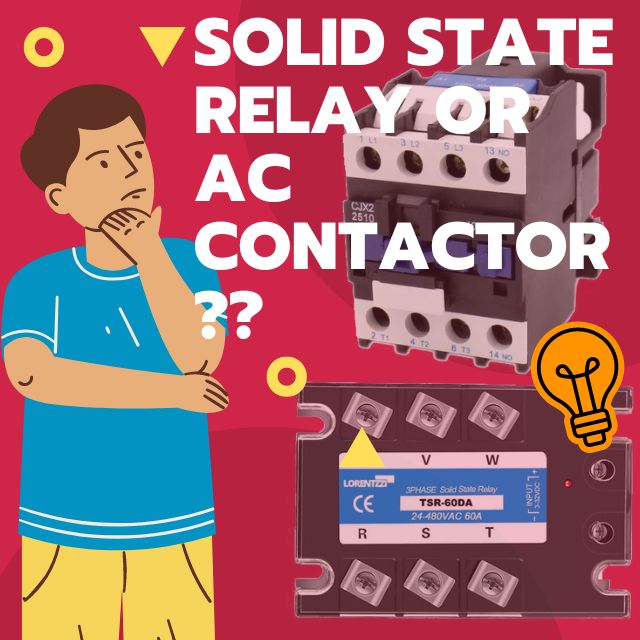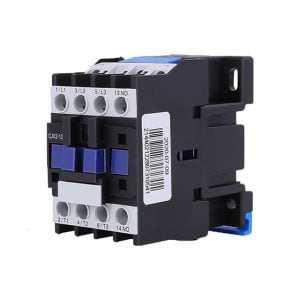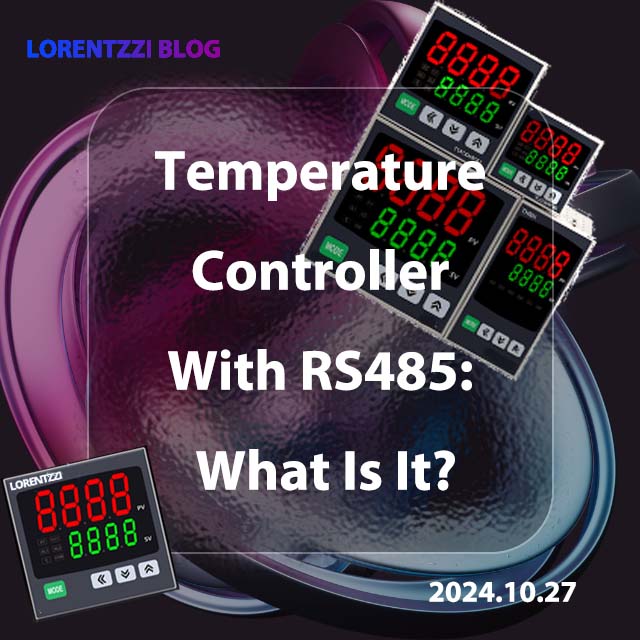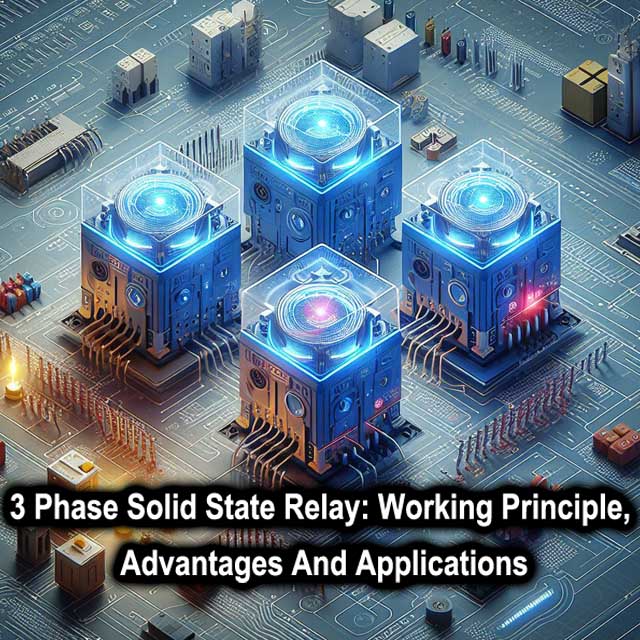Ambos SSR e o contator CA são amplamente utilizados em sistemas de controle de temperatura como atuadores para controlar elementos de aquecimento.
Mas qual é o melhor?
Hoje, discutiremos e explicaremos isso sob vários aspectos, como a velocidade de controle e a vida útil do produto.
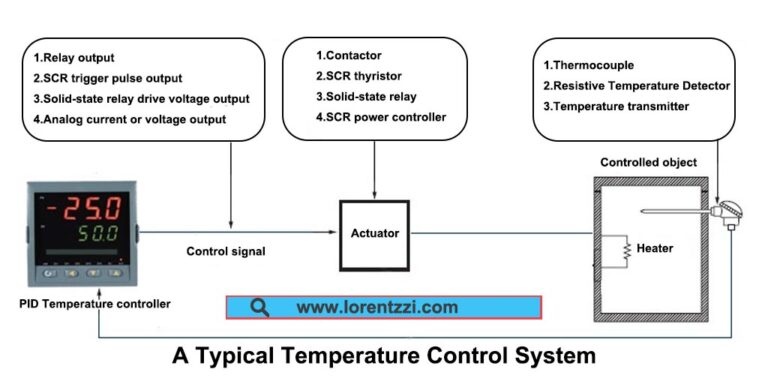
Diferença de velocidade de controle
Há uma diferença significativa no tempo de comutação entre os relés de estado sólido (SSRs) e os contatores CA, que é determinada principalmente por seus princípios de funcionamento e estruturas de projeto.
Tempo de comutação de relés de estado sólido:
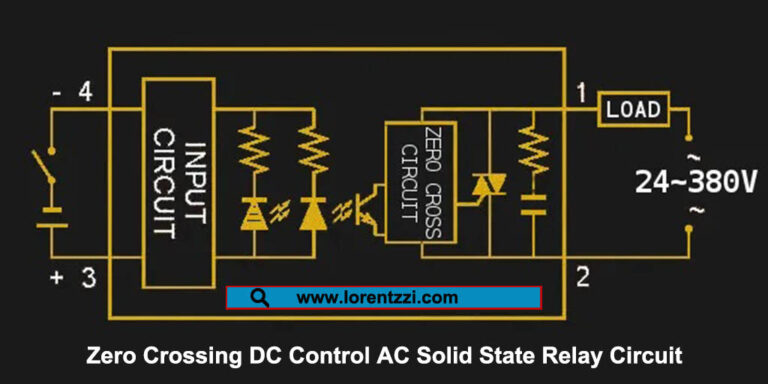
Os relés de estado sólido são chaves eletrônicas sem contato que geralmente comutam muito mais rápido do que os contatores mecânicos de CA. O motivo é que os SSRs usam dispositivos semicondutores, como transistores e tiristores bidirecionais, para conectar e desconectar circuitos. A velocidade de chaveamento do relé de estado sólido é de 30 ms.
Tempo de comutação de contatores CA:
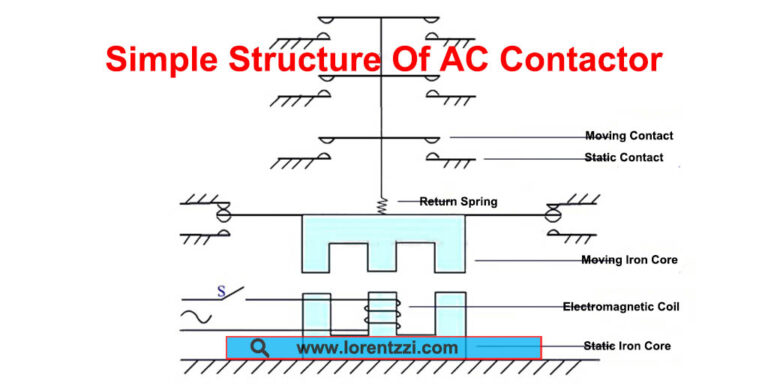
Os contatores CA são interruptores mecânicos que funcionam com base no princípio eletromagnético, e seu tempo de comutação inclui o tempo de fechamento da bobina e o tempo de contato dos contatos. O tempo de ação de um relé eletromagnético geral é de 0,3 a 0,5 segundos, enquanto o tempo de ação de um relé reed é de cerca de 0,2 segundos. Isso significa que o tempo de comutação de um contator CA geralmente é da ordem de centenas de milissegundos.
Comparação:
Com base nas informações acima, é possível observar que a velocidade de comutação dos relés de estado sólido é muito mais rápida do que a dos contatores CA. As características de comutação rápida do SSR lhe dão uma vantagem em situações que exigem resposta rápida (como aplicações de comutação de alta frequência). O contator CA tem uma velocidade de comutação relativamente lenta devido às suas partes móveis mecânicas, mas ainda é uma opção viável em algumas aplicações que não exigem comutação rápida ou são sensíveis ao custo.
Como todos sabemos, um sistema de controle de temperatura consiste em três partes: Controlador de temperatura PID, atuador e aquecedor. De acordo com a folha de dados do Amostragem rápida 50ms da marca OmronO tempo de amostragem do controlador de temperatura PID de 100 ms de baixa amostragem da marca Autonics é mais rápido do que o do contator CA (300 a 500 ms) e mais lento do que o do SSR (30 ms), o que significa que, no sistema de controle de temperatura, o SSR tem melhor velocidade de controle do que o contator CA.
Produto Serviço Diferença de vida
Vida útil do relé de estado sólido
Não há peças mecânicas no interior do SSR, e a estrutura adota um método de injeção totalmente vedado, de modo que ele tem as vantagens de resistência à vibração, resistência à corrosão, longa vida útil e alta confiabilidade. E se o relé de estado sólido estiver em boas condições de dissipação de calor, ele poderá funcionar pelo menos 500 milhões de ciclos de ligar/desligar.
Vida útil do contator CA
A vida útil mecânica de um contator CA é geralmente de 1 milhão de vezes. O sobrecurso do contato diminuirá com o desgaste elétrico até que o contator falhe.
Comparação
É óbvio que a vida útil do relé de estado sólido é melhor do que a do contator CA. Se estiver sob as mesmas condições de frequência, por exemplo, 10.000 vezes por dia, o relé de estado sólido pode durar pelo menos 136 anos, enquanto o contator CA pode durar talvez 1,5 ano.
Conclusão
Em resumo, o tempo de comutação dos relés de estado sólido é muito mais rápido do que o dos contatores CA, e sua vida útil é muito mais longa, portanto, eles são mais adequados para o controle preciso de sistemas de controle de temperatura e aquecedores. É claro que nenhum produto é perfeito. A desvantagem dos relés de estado sólido é que eles geram muito calor durante o funcionamento, portanto, os relés de estado sólido precisam ser usados com um dissipador de calor. É também por esse motivo que, se a corrente de carga for a mesma, o preço dos relés de estado sólido é muito mais caro do que o dos contatores CA.

